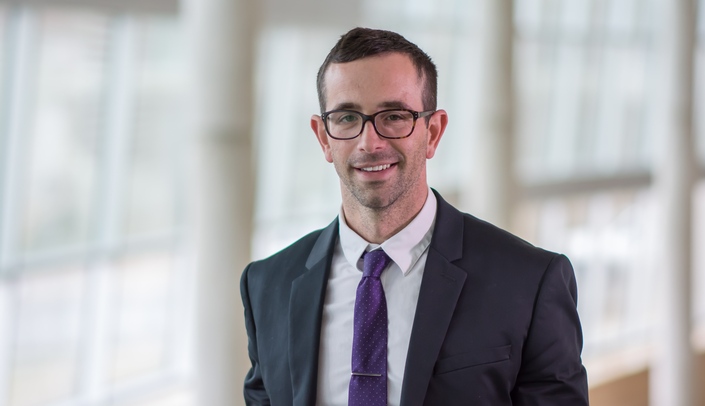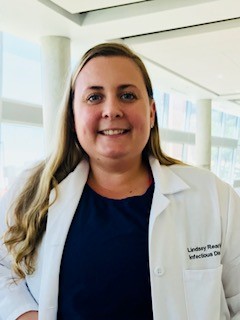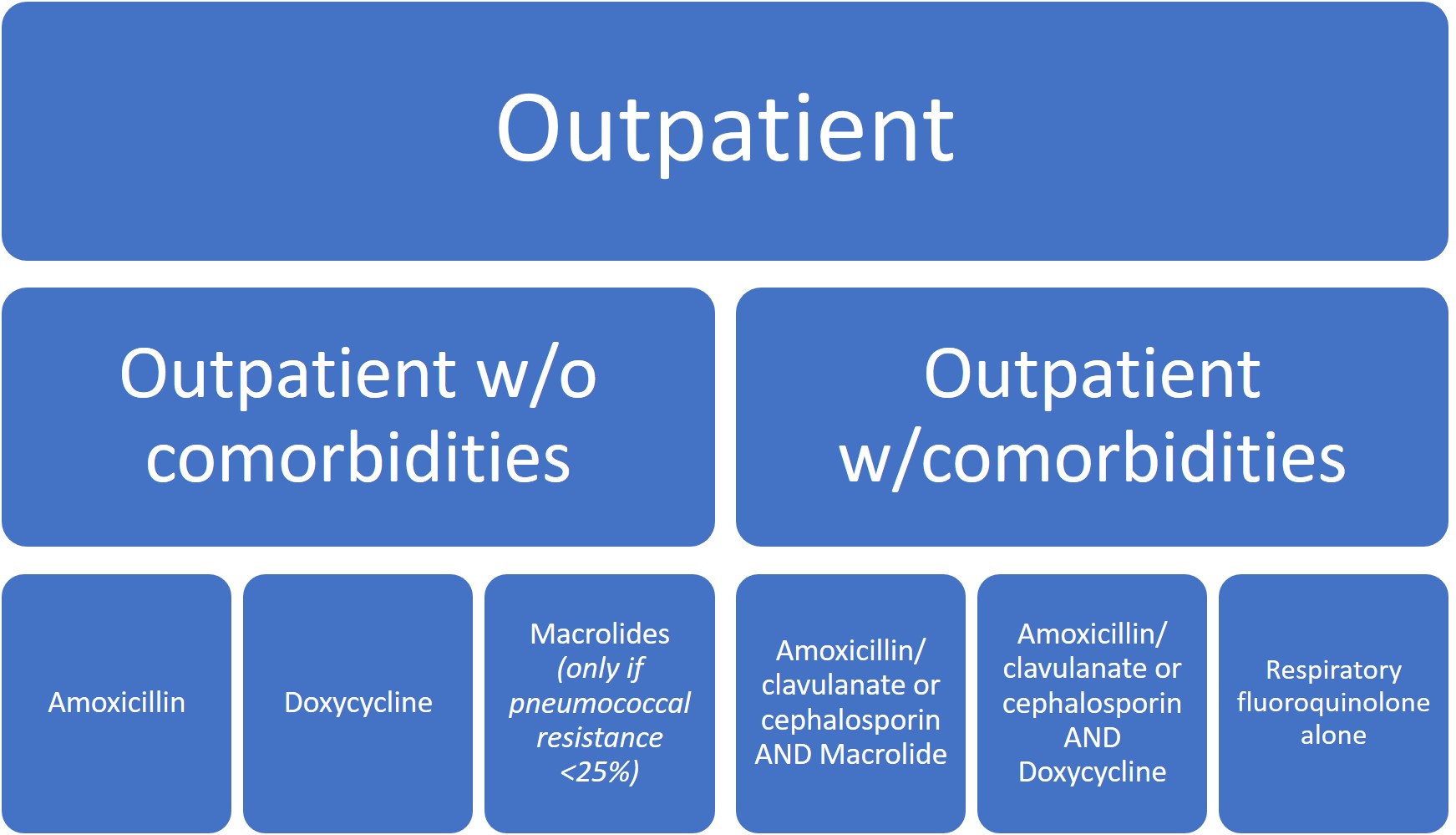Tell us about your current position
I a first year fellow of infectious disease at University of NE Medical Center. For the next 2 years I’ll be learning all I can from experts in the field for the diagnosis, treatment, and management of a wide variety of infectious diseases ranging from parasites and fungal disease to complicated blood stream infections. I’ll be learning about these infections in patients with an intact immune system as well as those with underlying conditions that leave patients vulnerable to all sorts of ‘unusual’ infections.
Tell us about your background
I spent the first 4 years of my life in the town of Randolf, NE. However, afterwards, my family moved to Sioux Falls, SD where I lived the majority of my childhood. I generally loved biking around the city with my brother, flying kites, camping and sailing.
Originally, my passion was physics while in high school. I loved being able to extrapolate a large amount of information from a single piece of datum as well as apply it to so many real world situations. However, wanting to broaden my horizons, I took a sharp turn in college and studied philosophy at Creighton University here in Omaha. This culminated in my thesis On the Phenomenology of Love and Relationship: An Experiential Approach to Relationships in Unequal and Equally Autonomous Relationships, which has probably been one of my most rewarding experiences in my life to take time to write. After that I returned to my home state of South Dakota and again taking a sharp turn in my studies, studied medicine at U of South Dakota in Vermillion. Afterwards, I continued my training and completed my Internal Medicine Residency at the Marshfield Clinic in Marshfield, Wisconsin which was an absolutely wonderful experience. If you can believe it, I actually miss winter there!
Why did you choose to come work at UNMC?
Many reasons. One was to be closer to family. However, the center has quickly become known for its expertise in many areas. There were few programs that had both such depth and breadth as UNMC. I appreciated both their standard of excellence, as well as friendly and approachable faculty and fellows!
What makes you excited about working in ID?
Many aspects. Firstly, in a world of increasingly ‘reactionary’ medicine, one of the aspects I love about ID is sleuthing though information and assessing adequately what information is signal and what information is noise. Often we are presented with pieces of data that complicate patient presentations that years ago would not have been available. We now have imaging studies as well as molecular tests and others which can be falsely positive or negative. It’s great to get back at the roots of medicine with a very thorough history and physical looking foremost at the patient first, not at our testing, to judiciously guide the use of diagnostics and treatment. Within the practice of ID we can then recognize what is likely to be meaningful information we get from our fancy machines versus what is perhaps noise that is misleading us. In the end, the patients are our best means of arriving at our diagnosis, and I love that.
However, the other aspects that drew me to ID were its global implications. We wear many hats in this subspecialty. While we are expected to be excellent clinicians we also grow in the craft of epidemiology and public health. It is truly wonderful to gain training both looking at our patient and also all around to identify outbreaks, minimize adverse events, and maximize benefit in the treatment of many diseases. In infectious disease we can accomplish this by a thorough understanding of the incidence and prevalence of diseases in certain populations. This in turn helps us guide our clinical decisions for our individual patients, as well as for the general public to keep our patients from harm and save lives.
Altogether, what drew me to ID was that I wanted to be the best clinician I could be. I am humbled and blessed to be given the opportunity of training to gain access to every tool in the toolbox to achieve that goal which include but are not limited to: a deep understanding of our diagnostic tools, an understanding of the disease in a population, and most importantly a thorough grounding in proper assessment and treatment of our patients.
Tell us something about yourself that is unrelated to medicine?
My family always had a passion for camping. We used to take trips across the country each year on generally a 2 week excursion and explore a ‘quarter’ of the US. (One year it was the east coast seeing Virginia and DC, another we explored to the northwest through Wyoming and Montana, another the 4 corners). However, our last year of doing this our family was doing a southern tour when I was about 12. We were travelling from the Grand Canyon to San Antonio. We hit a cross wind and our camper swayed and even jackknifed hitting both sides of our van. All of the tires blew on the camper, the frame was sprung on the camper. When we pulled off the road the Texas mesquite (Which is hard as nails by the way) punctured the rest of our tires on the van. We managed to get our rig patched up enough to limp our way back home and after that we sold our camper.
Being put out having lost the camper, my mom decided to plan next year’s family vacation, which was usually my dad’s role. She found this cute cabin in a place called Door County, Wisconsin. My 3 siblings and I thought this was a super dull sounding idea and we pouted about it basically the whole summer until we got there… It was lovely. Completely lovely. My brother and I learned how to sail, we hiked and biked every day. He had never known a vacation of just sitting in a place and enjoying as prior we had always been on the move from one site to the next.
More than a decade later we still go there every year. And every year we still love it.
Now I always listen to my mom.

 Content written by Dr. Mark Rupp based on recent publication release:
Content written by Dr. Mark Rupp based on recent publication release:  Recently, several of our HIV pharmacist colleagues in our Division of Infectious Diseases at UNMC/Nebraska Medicine, published an invited review in Clinical Pharmacokinetics entitled:
Recently, several of our HIV pharmacist colleagues in our Division of Infectious Diseases at UNMC/Nebraska Medicine, published an invited review in Clinical Pharmacokinetics entitled:  We are always excited to have our ID fellows provide guest blog posts. Second year ID fellow Dr. Lindsey Rearigh (follow her on Twitter
We are always excited to have our ID fellows provide guest blog posts. Second year ID fellow Dr. Lindsey Rearigh (follow her on Twitter 

Recent Comments